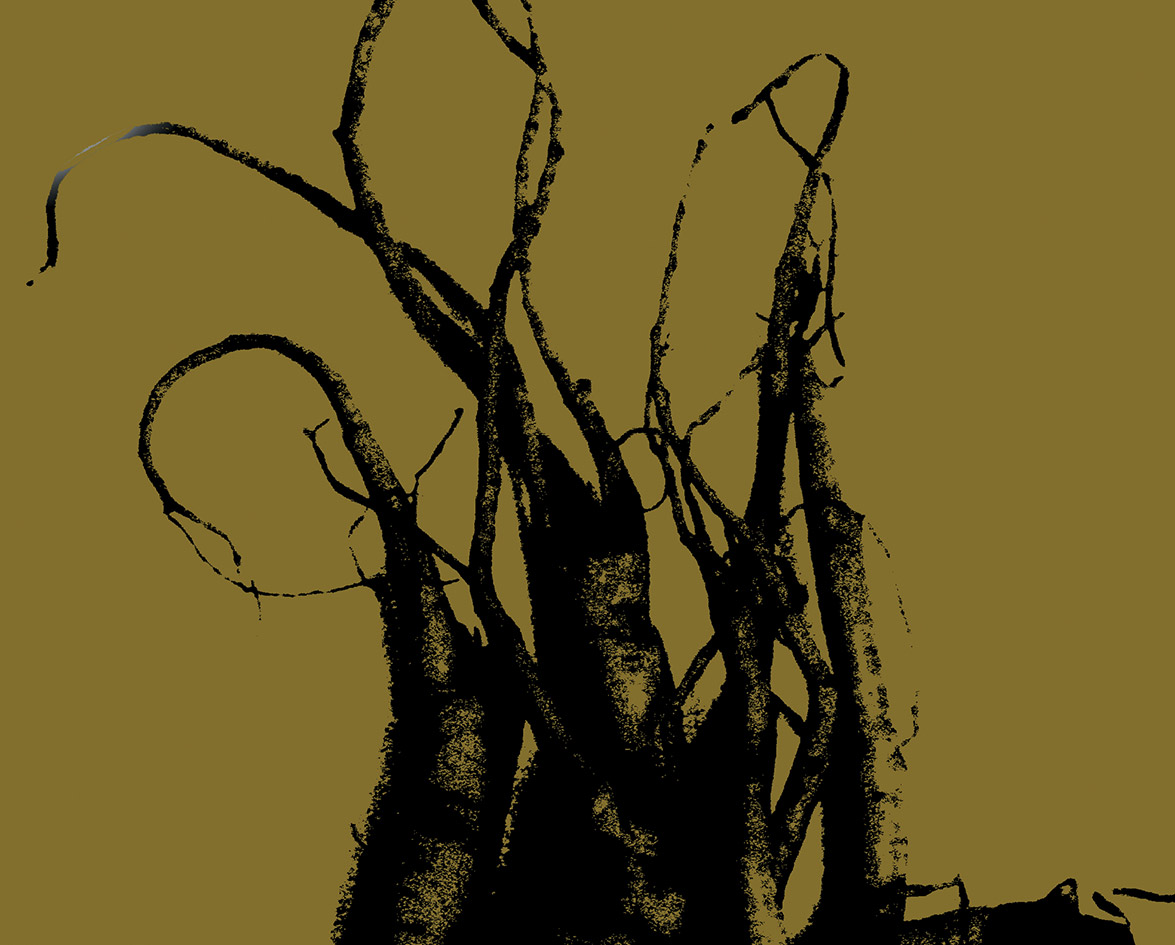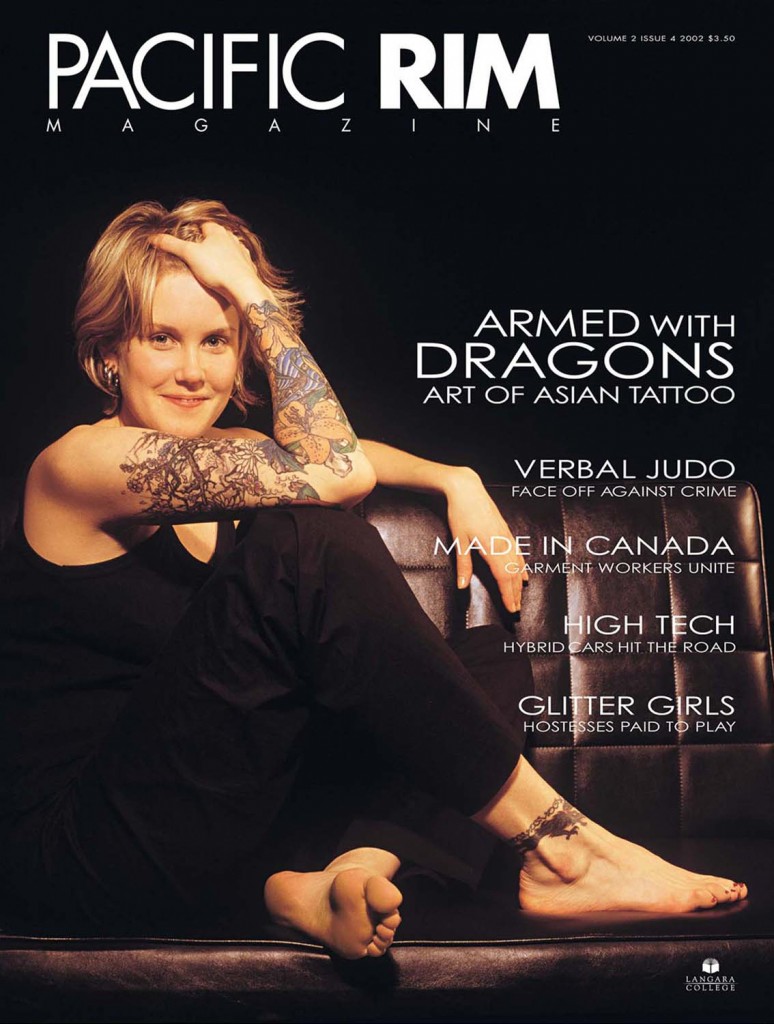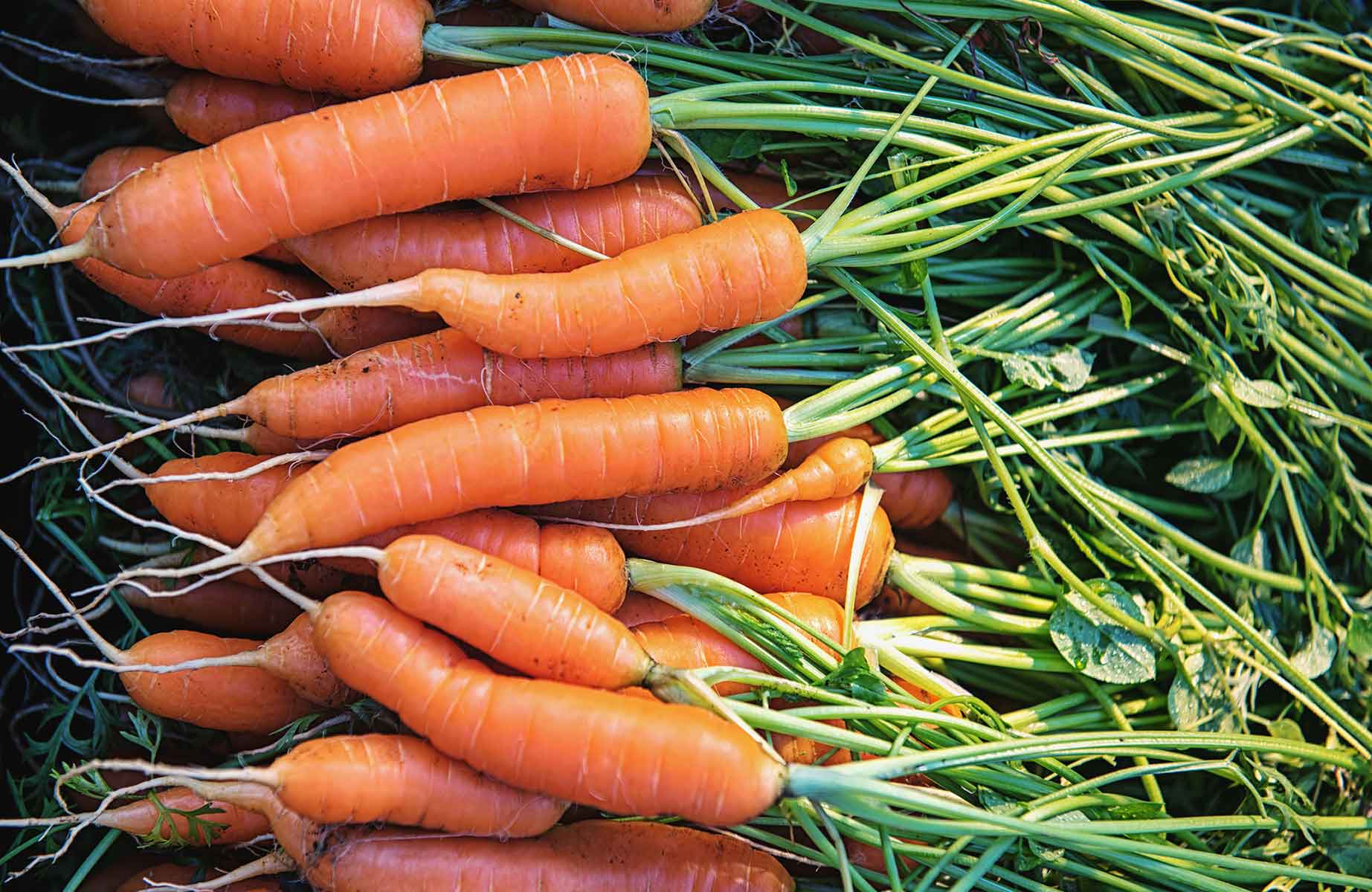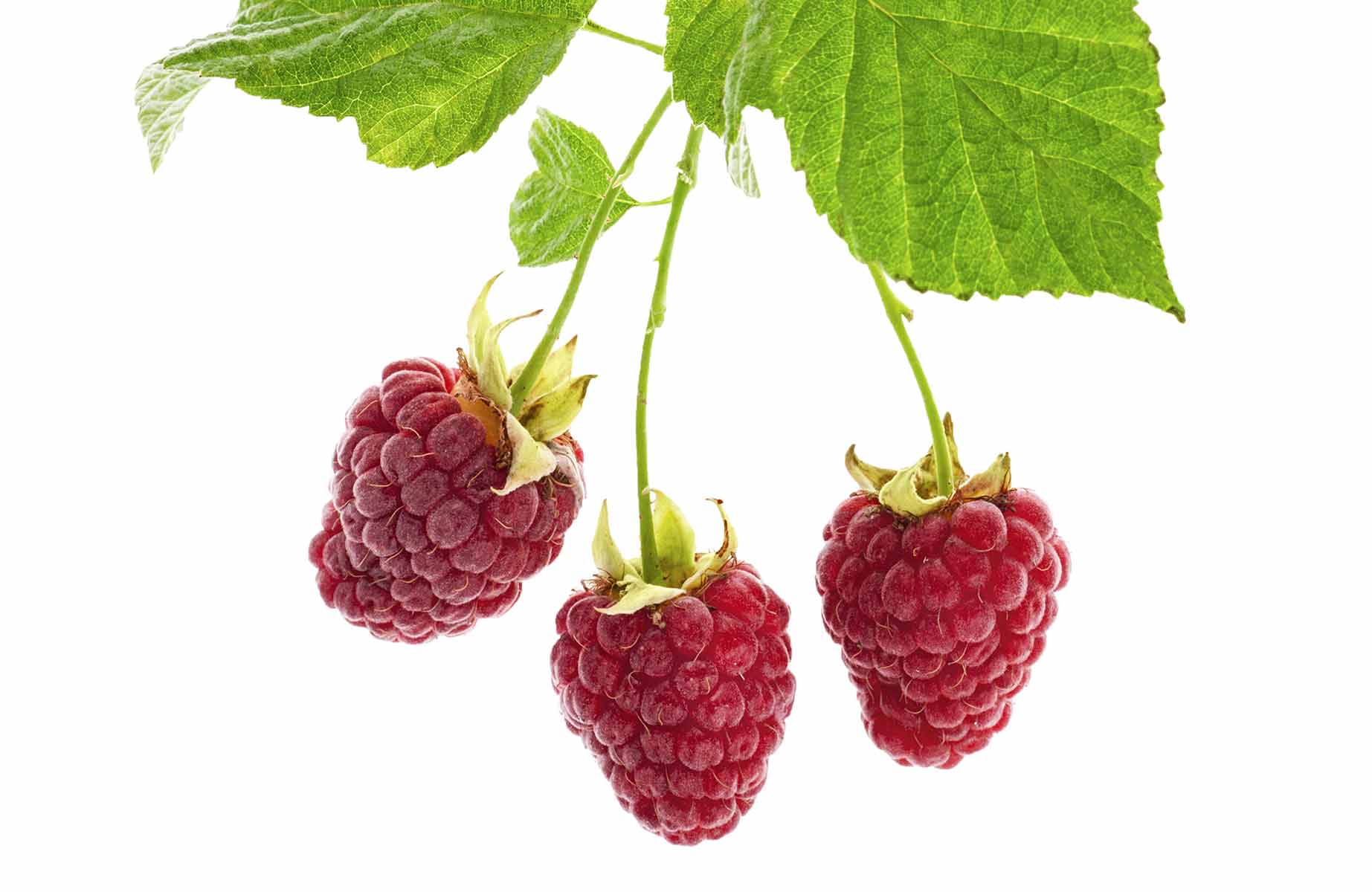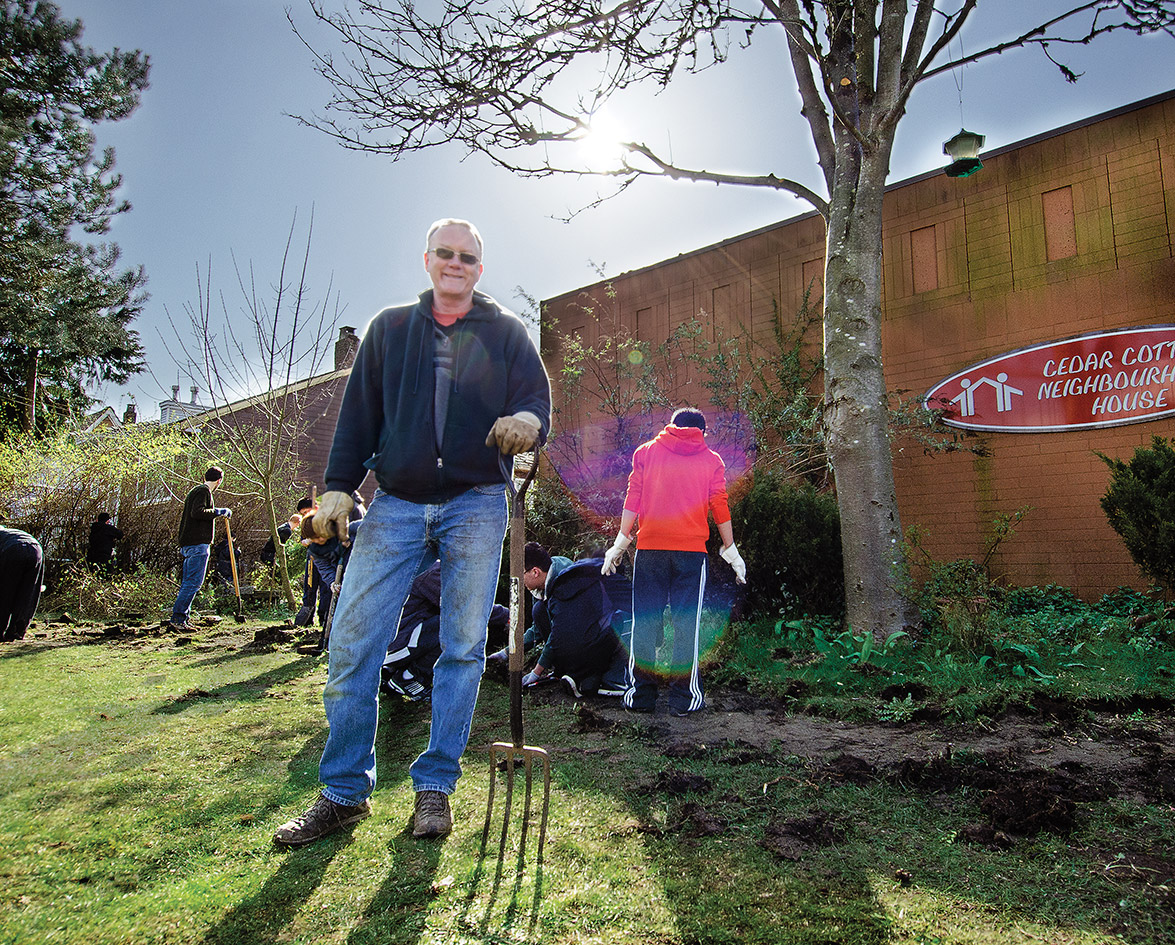Ginseng has a reputation as an exotic Chinese plant. Most North Americans are unaware that ginseng is also grown in this part of the world. In fact, many First Nations used American ginseng as a traditional medicine.
The first company to grow ginseng commercially in British Columbia was Chai Na Ta, in 1982. Soon after, other farms began to appear; most growers in B.C. jumped into the market during a ginseng boom in the late ’80s and early ’90s. At the time, white American ginseng grown in North America sold for $50 Cdn per pound. In 2001, it sold for $12 Cdn per pound. Today there are 40 growers centred around Kamloops and Vernon, where the climate is most accommodating.
Gradual Market Decline
Several factors contributed to the drop in price and profits over the last 10 years. According to Vince Law of Yuen Tai Hong Herbal Centre, “B.C. ginseng is inconsistent in its quality. The taste is mild and that indicates a low concentration. For anti-aging and energy it’s no good.” Store owners in Vancouver’s Chinatown say they’re not interested in B.C. ginseng because of its large roots and low potency.
According to Al Smith, Ginseng Growers’ Association of British Columbia president, 90 percent of B.C.’s harvest goes directly to Hong Kong. Unfortunately, the market for ginseng is flooded. Production increases every year, while China’s buying capacity continues to wane.
The Impact Of Tariffs
Tariffs have been a problem for growers hoping to market their product abroad. After paying the tariff to get the product into Hong Kong, sales representatives had to compete with companies who smuggled or bribed to get their crops in without paying the tariff. This allowed grey market companies to sell their ginseng for less than the market price. Smith explains, “There are sophisticated networks of people on the Chinese side of the ginseng market that are hard to deal with, whittling the growers’ prices down, lower than market value.”
Now that China appears likely to join the World Trade Organization, tariffs should be less of a barrier to B.C. farmers. However, growers in China have recently begun cultivating American ginseng. This ginseng is blended with the North American product, then sold at prices so low that B.C. growers cannot compete.
Steep Competition
There’s also competition closer to home. The three main ginseng hubs in North America are British Columbia, Ontario and Wisconsin. According to Smith, “Both Wisconsin and Ontario claim to be the best. B.C. doesn’t do that. [There’s] no fund raising, no attempt to promote the product. B.C .[grown ginseng] needs to get established or it will continue to be the no-name brand.”
Canada’s nutritional supplement industry, valued at $2 billion Cdn, is lucrative, although susceptible to trends. It seems that this year, echinacea was in everything, from candy to beer. With the right marketing campaign, the volatile nature of the market could be an advantage; B.C. grown ginseng’s future market could be right here in Canada. Ginseng gum anyone?





